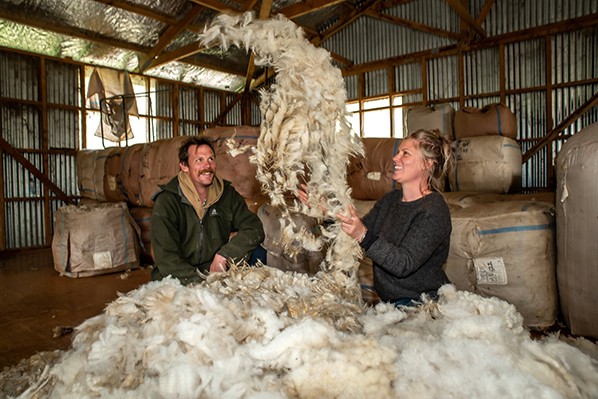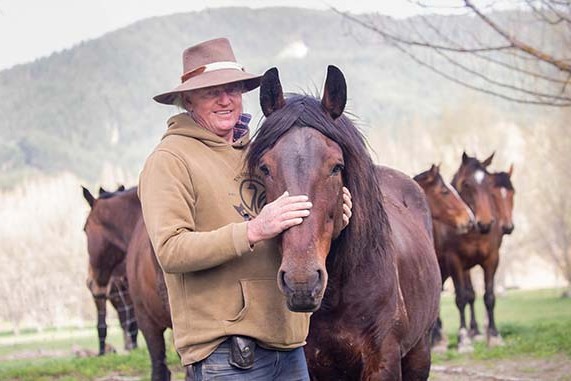hands make light work. It’s an old saying, epitomised by the US tradition of barn-raising where a rural community would work together for a day or weekend to build a new shed for a couple or family.
Since 2006, not-for-profit organisation Farm Rescue has been invoking that spirit on a much wider scale to help farm families in the US recover from crisis be it illness, injury, or natural disaster.
“In its first year we helped 10 farming families, just in North Dakota,” founder Bill Gross told Country-Wide.
“Last year we helped out 127 families.”
That was across six states of the upper Midwest (the Dakotas, Minnesota, Iowa, Nebraska and Montana) and this year its services will be available in Kansas too.
Initially it offered just crop establishment, then harvesting was added, and now “haying”, livestock feeding, and disaster relief operations are regular activities for its team of volunteers and machinery pool.
“We have about a thousand volunteers nationwide but we don’t use them all at once; we might use 200 in any one year.”
Many are farmers or retired farmers but others come from all walks of life and from all over the country. They include doctors, tilers, attorneys, even a rocket scientist from NASA. Gross himself is a pilot though he grew up on a ranch. He says volunteers have the common aim of helping a farming family in its time of need.
Most jobs are completed with Farm Rescue’s equipment, some of which is owned and some loaned by manufacturers or dealers as sponsorship. For example, John Deere is “a big supporter” and has provided four headers for the current harvest, Gross notes.
“We know our equipment is well maintained with all the safety shields in place and is in good working order, so it will do a quality job.”
It’s also big kit, so in as little as two or three days it can complete a seeding or harvest that might have taken the farmer two or three weeks. That’s despite typical family farms across the region being over 1000ha.
“The vast majority would be 1500 to 4500 acres.”
Many of those helped by Farm Rescue are “Mom and Pop” operations, either with no children, children too young to help, or who have long since left home.
Where a farm’s own equipment is used it’s typically because paddock size or access is tight, but for safety reasons Farm Rescue will do that only if the farm’s equipment is modern and well maintained.
Every year requests for help exceed what can be supplied so hard decisions have to be made by the organisation’s five staff and trustees. A key principle is that the farm will be viable in the future once the immediate crisis is addressed.
Gross says Farm Rescue fills the gap between what insurance can cover and what neighbours can do to help each other which, with bigger farms and fewer people on them, is less than historically.
Indeed, sometimes neighbours or other members of the community call Farm Rescue because they can see someone needs help but the individual or family are too proud and independent to call, he adds.
As far as he’s aware there are no other organisations like it in the US so potentially it could operate nationwide one day. However, in the wake of Covid-19, donations and business sponsors are down so a contraction in services is likely short term.
“We’ll do as much as we can; not as many farms as last year but we do have some savings and reserves we can draw on while ensuring we have a viable operation for the future.”
NOTHING SO FORMAL IN NZ
Rural Support Trust national council members David Hewson (South Canterbury) and Neil Bateup (Waikato) say they’re not aware of any equivalent to Farm Rescue in New Zealand and question whether such an organisation would work here given the greater diversity of enterprises.
“Obviously there’s quite a lot of capital involved [in Farm Rescue],” said Bateup.
Typically, Rural Support Trusts help by ensuring farms needing assistance have the right people in place to manage them through the crisis, and if need be they might organise local contractors for critical operations.




